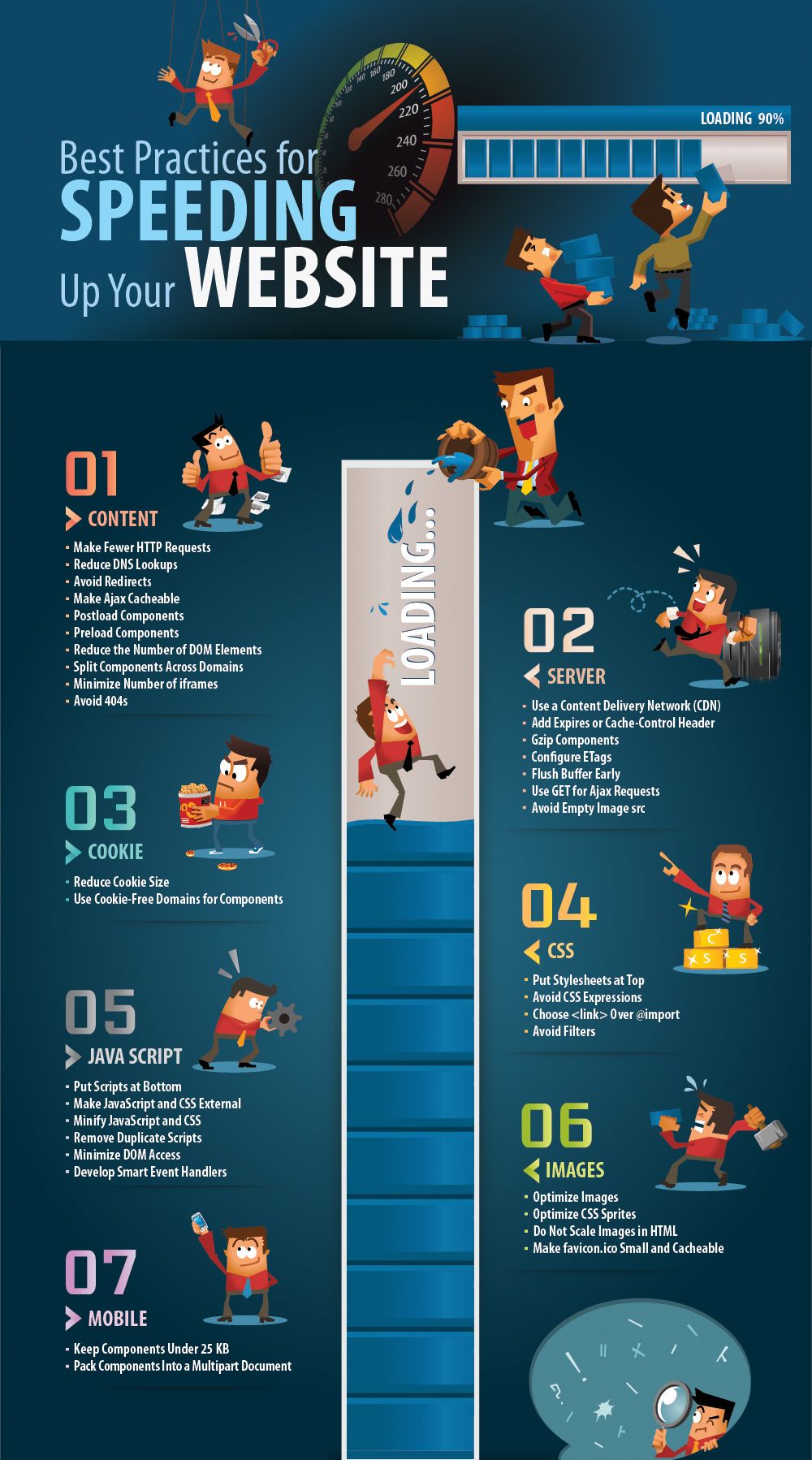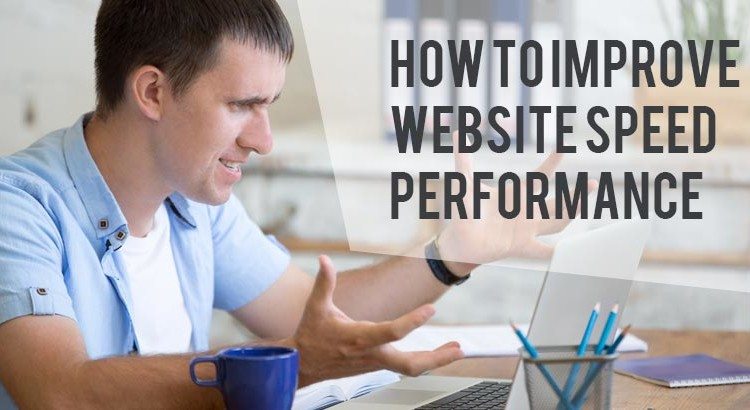Website speed might look unglamorous, but issues with this little thing can easily harm your website and can pull you from competition before you even know.
Since the competition is too stiff on the web and there are already billions of domains names booked, website speed matters more than ever. Consider users’ attention span on a website before avoiding your website’s speed performance. It can cost tragically, and you might end up lurking in billions in the Alexa ranking, where most dead sites house.
It’s true because if your portal isn’t loading and users are bouncing crazily to other websites, imagine the bounce rate that would send bad singles to Google regarding your site, and the big boss will punish your unprofessionalism and lack of marketing ethics.
Some bloggers and even eCommerce portals avoid working on their speed performance; they think that once you have traffic, the people will not go anywhere. No, that’s untrue and unethical to believe in the first place.
A real blogger and website work equally in every area to enhance the user experience and create a hub that considers the customer value more than anything else.
LET’S CRITICALLY EXAMINE HOW MUCH A WEBSITE SPEED MATTERS

First of all, clean your cloudy thoughts regarding having significant traffic before working on this issue. It doesn’t matter or simply, it’s not only about the traffic, but more of the user experience and to rank better in Google search engine.
It would be a wise step to work on it because nearly 47% of people consider the site to load within 2 seconds, whereas 40% close the website if it takes more than 3 seconds to load. Now let’s go by your way as you had speed issues but were avoiding it for long due to less traffic.
Maybe the less traffic coming is because of the slow speed? Might be, if you keep putting content on your website and it furthers slow down your site, then you would lose the current traffic, too.
Don’t forget, Google is the internet king, and its ultimate goal is to improve the web for users. Every day more than 4 billion searches are done on Google, and if you become ignorant and avoid working on your site performance, what’s the point to fancy those first-page ranking or envy your rivals producing excellent results and healthy ROI? What’s the point?
NOW THE POINT ARISES, HOW TO MEASURE SPEED?
Now you are finally configuring that whether your site needs love or not. There are numerous tools available to calculate the current website speed. For instance, Pingdom and Google Pagespeed Insights are heavily used to calculate the website’s rate. It’s better to use a couple of tools and see if all are producing the same speed result.
Don’t get carried away if your website doesn’t have good speed in the results. Website speed is the benchmark that enables you to work on other critical areas for search engine relevancy.
Note that there’s no universal metric for the site speed. All tools have the parameters that they feel are right for better performance and functioning.
NOW THE RESULTS REPORT THAT THE WEBSITE NEEDS SOME WORK, BUT WHERE TO START FROM?
A common question that everyone asks when they find issues in their portal is how to improve speed? Let’s see what the key areas need some attention and what you can do to enhance your site speed, even if you are a non-coder person.
Read More On: What is Responsive Designing for e-Commerce Websites?
OPTIMIZE YOUR IMAGE
Images are high, but if you use HD images, you unconsciously invite some slow speed issues if you don’t know to optimize them for the best results possible. Use EWWW Image Optimizer to optimize all your images with a few clicks.
THEME CHOICE
Yes, you read it right. If you are using the WordPress platform, then you need to consider this option. You may hate hearing this, but your website can be poorly optimized, no matter if your theme is best in the business, and you have spent a good amount of money on buying it.
You need to check the documentation and contact forum that come along with the theme. They are demos to show you how they appear. When you don’t edit them completely, you leave a lot of room for issues to slow down your website. Might be the theme you picked didn’t suit the website you wanted to create. In the worst scenario, you might need to change the theme.
MINIMIZE HTTP REQUESTS
As per Yahoo, 80 percent of the load time of a Web page is spent retrieving the various parts of the page, such as images, stylesheets, and scripts.
For most of these elements, an HTTP call is submitted, so that the longer it takes for the page to produce, the more on-page components.
The first step to minimize your requests is to find out how many your site is actually making and use it as a reference point.
If you use Google Chrome, you can use the browser’s Developer Tools to see how many HTTP requests your site makes.
MINIATURING AND MERGING DATA
Now that you know how many requests your platform makes, this amount can be reduced to function. Getting started best is with your HTML, CSS, and JavaScript files.
These are crucial files since they decide the appearance of your web.
They also add to the number of requests that your site makes whenever a user visits.
By “minifying” and merging your files, you can close that gap. This reduces both the size of each file and the total number of documents.
It is especially relevant when you are using a website builder that is templated. These make it simple to build a website, but often generate complicated code that can significantly slow down your site.
Minifying a file means removing unwanted formatting, white space, and code.
MINIMIZE TIME TO FIRST BYTE
Time to first byte, or TTFB, is when a browser has to wait to get its first byte of server data. Google recommends under 200 ms of TTFB.
Unlike many of the performance variables that most site owners concentrate on at the front end, this is a server-side issue.
When a user visits your website, their browser sends a request for HTTP to the server which hosts it. Between that initial request and the first byte of data, three steps must happen:
- Lookup DNS
- Server processing
- Response
If your TTFB is under 200ms, you’re in good shape
CHOOSE THE RIGHT HOSTING OPTION FOR YOUR NEEDS
Although many new web sites opt for the least expensive hosting option feasible. While this is almost always enough at the start, you’ll probably need to reconfigure once you get more traffic. Don’t go skimping on your host, get something that you can trust. There’s a great set of reviews here on the best web hosts.
You’ve got three different options when looking at the hosting:
- Shared hosting
- VPS hosting
- Dedicated Server
ENABLE COMPRESSION
Using Gzip, a file compression software program, to which the size of your CSS, HTML, and JavaScript files exceed 150 bytes.
Do not add gzip to image files. Instead, compress these into a program such as Photoshop where you can retain control over image quality. See “Image optimization” below.

